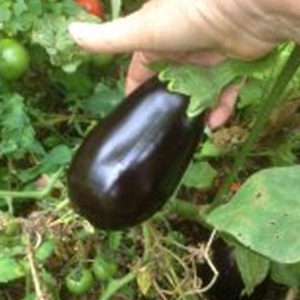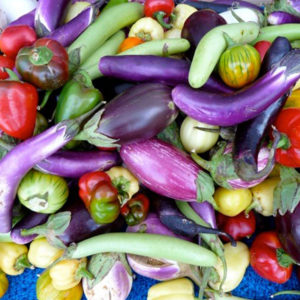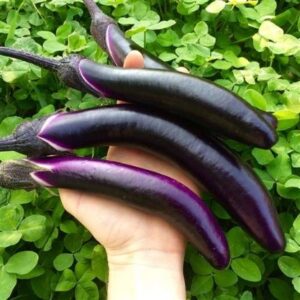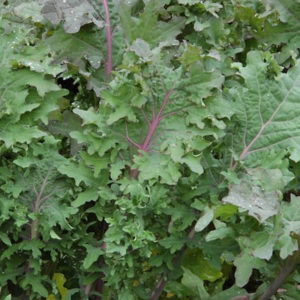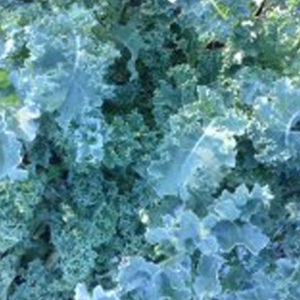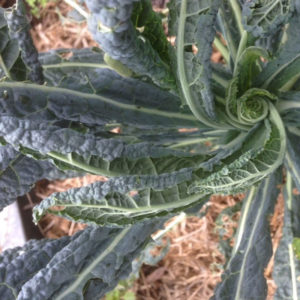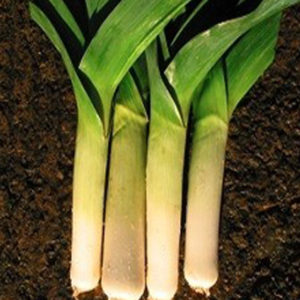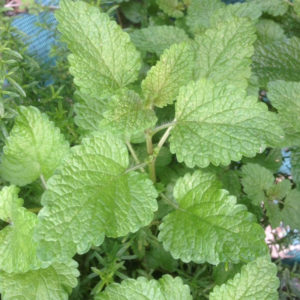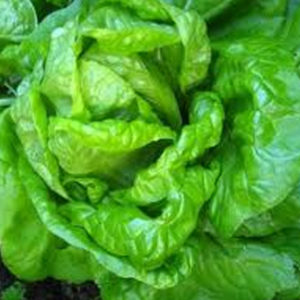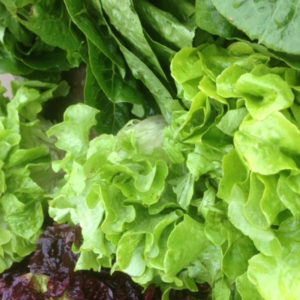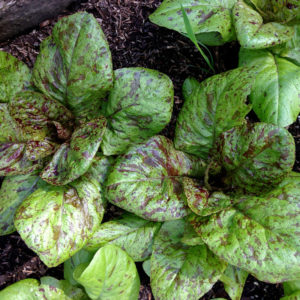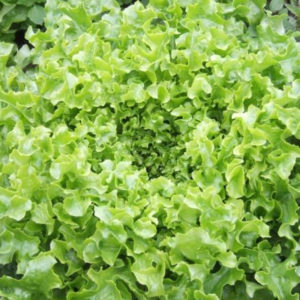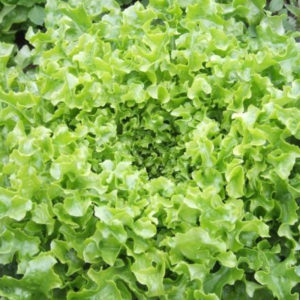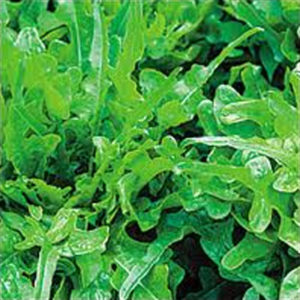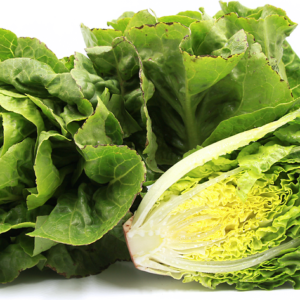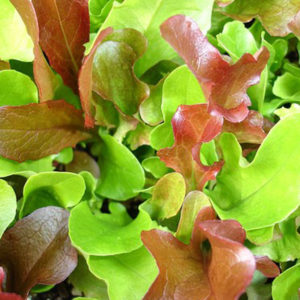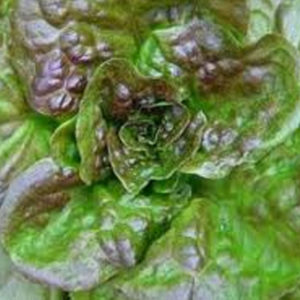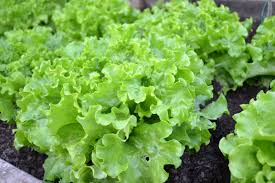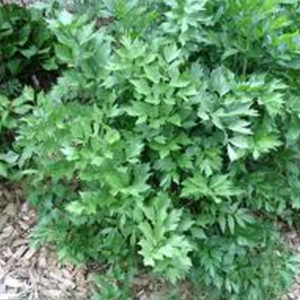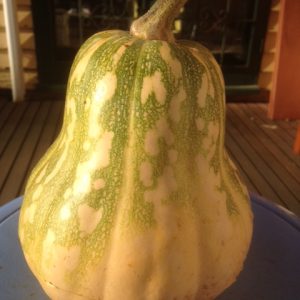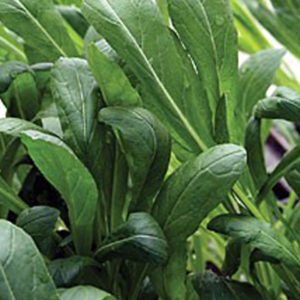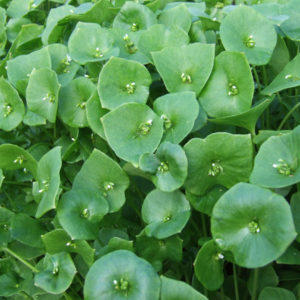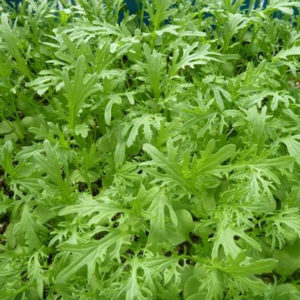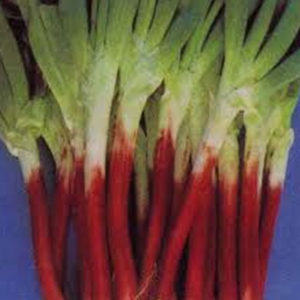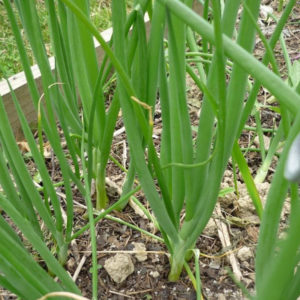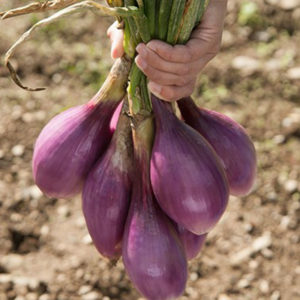-
Out of stock
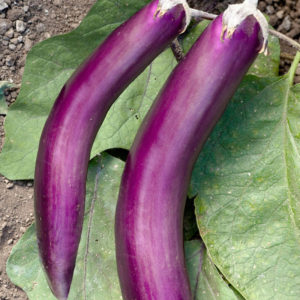 Solanum melongena Italian heirloom with long slender fruit up to 30cm sweet with little bitterness and firm mild flesh. Good strong yields especially if planted in warm sheltered position. Steams well.
Solanum melongena Italian heirloom with long slender fruit up to 30cm sweet with little bitterness and firm mild flesh. Good strong yields especially if planted in warm sheltered position. Steams well. -
Out of stock
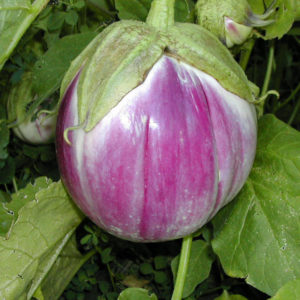 Solanum melongena Beautiful Italian variety with light purple and white fruit, mild flavour, little bitterness and creamy texture. Its large round 13cm shape makes it good for stuffing and baking.
Solanum melongena Beautiful Italian variety with light purple and white fruit, mild flavour, little bitterness and creamy texture. Its large round 13cm shape makes it good for stuffing and baking. -
Out of stock
 Solanum melongena Long slightly curved 20cm violet & white striped fruit with firm sweet flesh & soft tender skin. Of Greek heritage, this is a favourite. Plant seeds in trays in warm soil in Spring onwards. Transplant 40cm apart in sunny protected position. Up to a 1 metre plant which will produce flowers in Spring then the fruit ripens late in Summer.
Solanum melongena Long slightly curved 20cm violet & white striped fruit with firm sweet flesh & soft tender skin. Of Greek heritage, this is a favourite. Plant seeds in trays in warm soil in Spring onwards. Transplant 40cm apart in sunny protected position. Up to a 1 metre plant which will produce flowers in Spring then the fruit ripens late in Summer. -
 Lagenaria siceraria You’ll note by the unusual seed that this is not of the pumpkin or squash family and should be eaten when young like a zucchini. And it’s delicious by all the taste tests. Creamy with great texture. Growing conditions are much like the ‘squash’ Tromboccini and again watching these vigorous plants grow is a delight. Highly recommended and rare.
Lagenaria siceraria You’ll note by the unusual seed that this is not of the pumpkin or squash family and should be eaten when young like a zucchini. And it’s delicious by all the taste tests. Creamy with great texture. Growing conditions are much like the ‘squash’ Tromboccini and again watching these vigorous plants grow is a delight. Highly recommended and rare. -
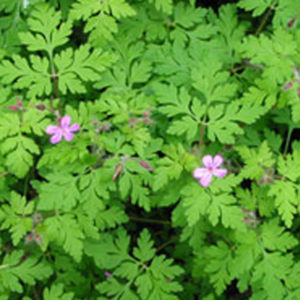 Geranium robertianum Of the Geranium family feathery leaves with pretty pink flowers this remarkable little annual will spread through your garden. And let it. "Herb Robert is a supreme, therapeutic herb. This herb’s action is one of the most outstanding herbs that we can use regularly, as an enhancer of the immune system. Research has revealed herb Robert is a source of germanium, a valuable element to the body, as it has the ability to make oxygen available to the cells. More oxygen, at cell level, means the body has the opportunity to fight disease by its own powers, and healing can take place quickly. Lack of oxygen, available to the cells, can be caused by free radicals and a toxic state around the cells: meaning the cells cannot get the required oxygen, or the nutrients, to regenerate." Quote Herbs are Special. Refer to Isabell Shiphard for more.
Geranium robertianum Of the Geranium family feathery leaves with pretty pink flowers this remarkable little annual will spread through your garden. And let it. "Herb Robert is a supreme, therapeutic herb. This herb’s action is one of the most outstanding herbs that we can use regularly, as an enhancer of the immune system. Research has revealed herb Robert is a source of germanium, a valuable element to the body, as it has the ability to make oxygen available to the cells. More oxygen, at cell level, means the body has the opportunity to fight disease by its own powers, and healing can take place quickly. Lack of oxygen, available to the cells, can be caused by free radicals and a toxic state around the cells: meaning the cells cannot get the required oxygen, or the nutrients, to regenerate." Quote Herbs are Special. Refer to Isabell Shiphard for more. -
Out of stock
 Brassica oleracea Also known as 'Two Peters' this is the softest kale with long green serrated leaves that are side picked and steamed or used fresh while leaves are small. Loves the cooler months this tasty Russian variety is great in smoothies. Plant direct or in trays Autumn to late Spring.
Brassica oleracea Also known as 'Two Peters' this is the softest kale with long green serrated leaves that are side picked and steamed or used fresh while leaves are small. Loves the cooler months this tasty Russian variety is great in smoothies. Plant direct or in trays Autumn to late Spring. -
 Barbarea verna Slightly hotter than watercress but a very similar flavour. Does not need water to grow. Often grown for it’s affective deterrent of white butterfly larvae which tend to eat the leaves even though it means their demise. Recommend planting throughout the garden when planting brassicas.
Barbarea verna Slightly hotter than watercress but a very similar flavour. Does not need water to grow. Often grown for it’s affective deterrent of white butterfly larvae which tend to eat the leaves even though it means their demise. Recommend planting throughout the garden when planting brassicas. -
Out of stock
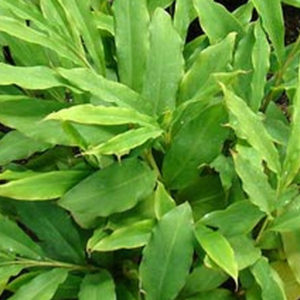 Elettaria cardamomum Lush edible & ornamental foliage ‘cardamom’ flavour in leaves. Add to currys as whole leaf or use for wrapping ingredients for barbecue. Doesn’t produce seed. Enhances all Asian curries.
Elettaria cardamomum Lush edible & ornamental foliage ‘cardamom’ flavour in leaves. Add to currys as whole leaf or use for wrapping ingredients for barbecue. Doesn’t produce seed. Enhances all Asian curries. -
 Allium ampeloprasum var. porrum An old heirloom known in American seed catalogues since 1870. Also known as Giant Musselburgh. White long thick stems with creamy heart. Will blanch by hilling up as extends. Plant Autumn-Spring direct or trays & plant out 10cm apart in well composted soil full sun. Mulch well. Harvest as spring onions or strong leeks.
Allium ampeloprasum var. porrum An old heirloom known in American seed catalogues since 1870. Also known as Giant Musselburgh. White long thick stems with creamy heart. Will blanch by hilling up as extends. Plant Autumn-Spring direct or trays & plant out 10cm apart in well composted soil full sun. Mulch well. Harvest as spring onions or strong leeks. -
Out of stock
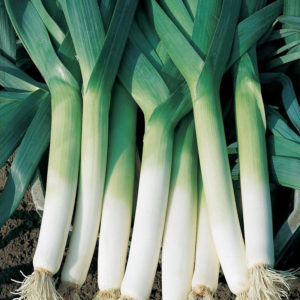
Allium ampeloprasum Bulgarian leek slender and flavoursome that grows quickly & can be used small as onion or 45cm as leek.
-
Out of stock
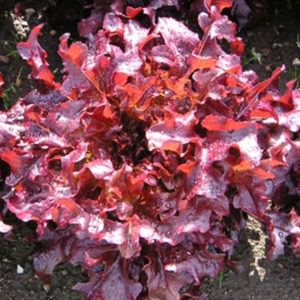 Lactuca sativa Still lovely and soft this side picking lettuce goes dark red yet remains sweet.
Lactuca sativa Still lovely and soft this side picking lettuce goes dark red yet remains sweet. -
Out of stock
 Pycnanthemum virginianum Herbaceous plant with strong spearmint smell and flavour when leaves are brushed against or crushed. Great in drinks or used moderately as flavouring in salads or coleslaws.
Pycnanthemum virginianum Herbaceous plant with strong spearmint smell and flavour when leaves are brushed against or crushed. Great in drinks or used moderately as flavouring in salads or coleslaws. -
Out of stock
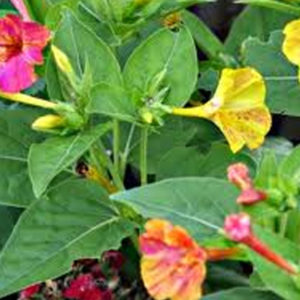 Mirabilis jalapa Also known as 4 o’clocks and Marvel of Peru. Originally from South America Mirabella has naturalised all over the world. After going dormant in winter expect new growth from deep large established tubers in early spring. Then a delightful display of beautiful variegated flowers spring to through to summer. Needing little attention and being drought hardy you tend to forget they’re there till next spring. It’s a great surprise. Plant by seed in early spring germinating at 13-18C or by division of tubers in spring. Grows 1 metre high by 1 metre wide and is a hardy perennial. Can make a good container plant with enough care. Save seeds in summer which are dark 5m ovals with pointy ends which are easy to see and pick and have replaced the flowers. Keep in open paper bags in cool dry space till all moisture has been released.
Mirabilis jalapa Also known as 4 o’clocks and Marvel of Peru. Originally from South America Mirabella has naturalised all over the world. After going dormant in winter expect new growth from deep large established tubers in early spring. Then a delightful display of beautiful variegated flowers spring to through to summer. Needing little attention and being drought hardy you tend to forget they’re there till next spring. It’s a great surprise. Plant by seed in early spring germinating at 13-18C or by division of tubers in spring. Grows 1 metre high by 1 metre wide and is a hardy perennial. Can make a good container plant with enough care. Save seeds in summer which are dark 5m ovals with pointy ends which are easy to see and pick and have replaced the flowers. Keep in open paper bags in cool dry space till all moisture has been released.

